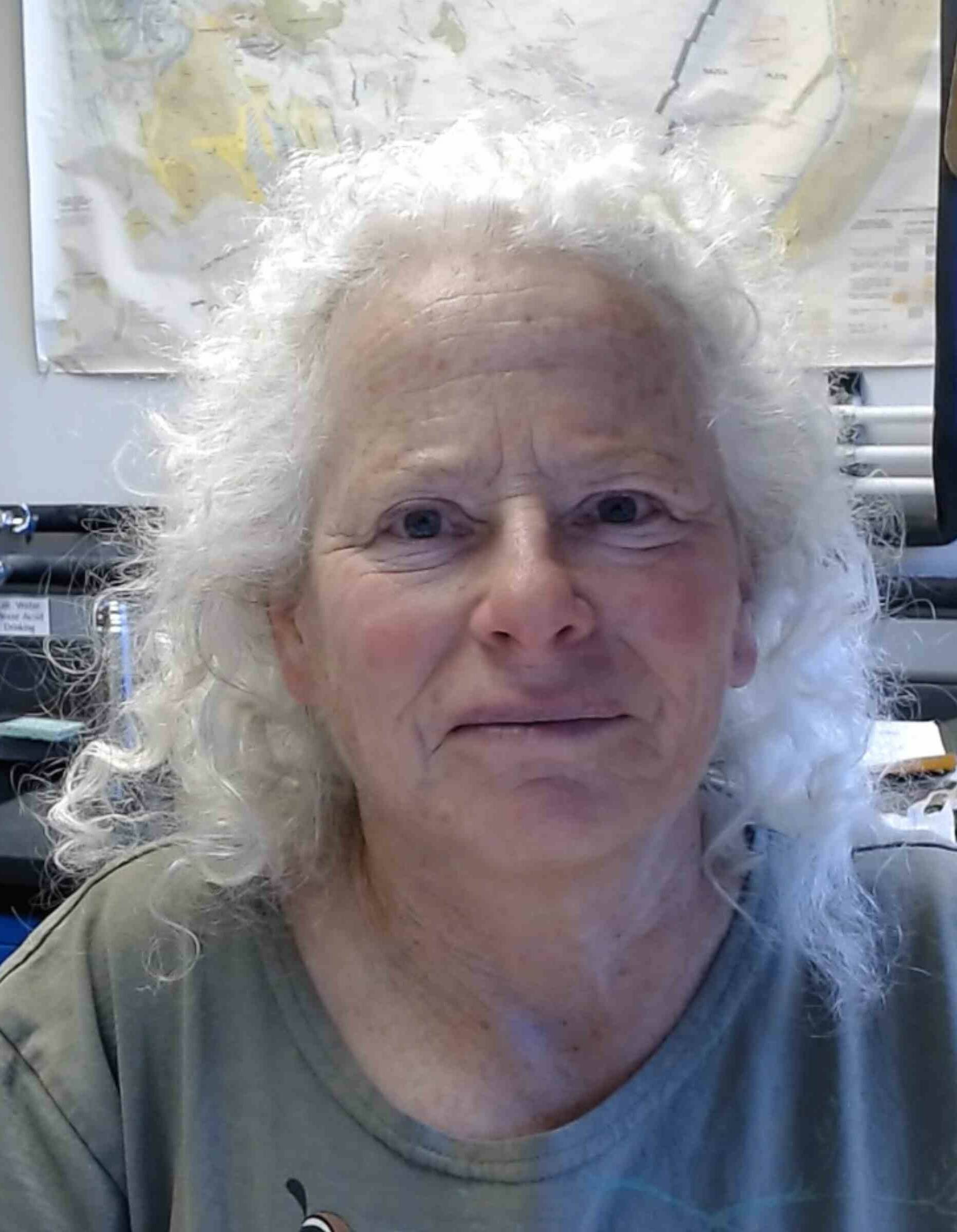On Aug. 6, Professor Schermer will give a talk on the roadside geology of the San Juan Islands at Woodmen Hall on Lopez Island at 7 p.m. Her talk will highlight some of the evidence for the different types of rocks formed on the ocean floor, the evidence for their deformation (folding and faulting) and metamorphism at high pressure and low temperature, and their final arrival and exposure in the San Juan Islands.
Professor Elizabeth (Liz) Schermer’s journey to geology is as layered as the rocks she studies. Schermer was well on her way to becoming an undergraduate English major in California when she signed up for a class taught by a passionate Geology professor with a penchant for outdoor labs. She decided to double major and has never looked back, going on to earn her Ph.D. in Geology from M.I.T in 1989, and becoming a faculty member in the Geology Department of Western Washington University in 1991, where she is still a professor today.
In the 1990s, the San Juan Islands were a hotbed for geologic controversy, which immediately caught Schermer’s attention. There were ocean rocks on the surface of the Islands that had apparently come from very far away, but no one could decide from where. Schermer’s research on plate tectonics helped to understand that these rocks began on the ocean floor. Their minerals and a history of folding and faulting show us the rocks were initially subducted beneath North America, likely around northern California, and then later were transported northward approximately 100-84 million years ago.
Over the last 30 years, Professor Schermer has led field trips around Washington state and the western US for WWU students and faculty, for the Geological Society of America, and for the public. She believes that learning about geology not only connects you to the land, as much as learning about flowers, trees, and wildlife, but also helps us understand the geologic hazards in our area, allowing us to prepare possible solutions for when they arise.




